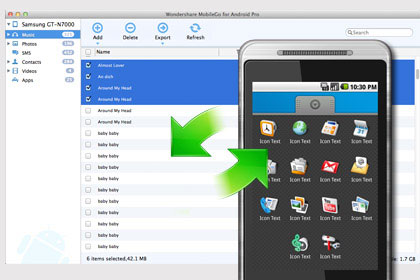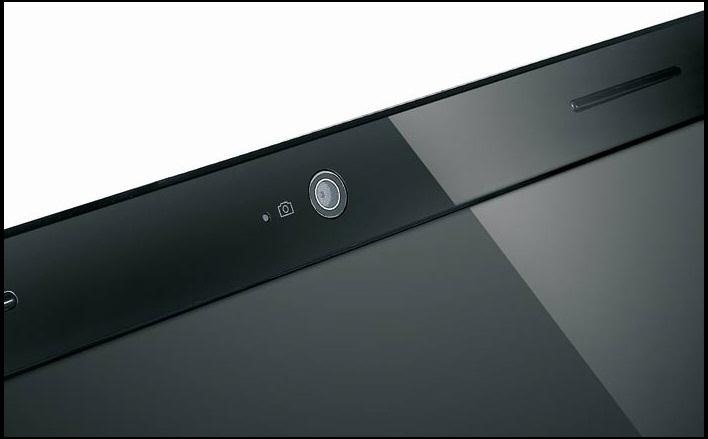
Just a few days ago Apple seeded the third beta of its coming macOS 10.13 High Sierra operating system to registered developers with an active subscription, following after the release of the first public beta. Now the second public beta has been available for users who enroll their Mac into the Apple Beta Software Program. The second public betas of iOS 11 and tvOS 11 is also made available now.
Public betas allow users who are not registered developers to experience and test pre-release versions of Apple’s operating systems with new feature, without paying for a subscription (a developer account requires $99/year). The first public beta of macOS 10.13 was released on June 26 to provide a glimpse of what’s new in the upcoming macOS High Sierra, which may officially launch late September.
If you are interested in testing new features and improvements included in macOS 10.13, you can sign up for the free beta program, and then enroll your machine to get the macOS High Sierra public beta installer. For those who have install public beta 1, they can update to beta 2 through the Software Updates mechanism in App Store.
The third developer beta comes with a new build of Xcode 9 IDE that developers can use to build and test apps on macOS 10.13 High Sierra. If you have installed macOS 10.13 developer beta 2, you can directly install the beta 3 update via Mac App Store. If not, the beta installer can be downloaded from Apple’s Developer Center portal.
macOS High Sierra introduces new features like Apple File System, Metal 2 API, High Efficiency Video Codec, Intelligent Tracking Prevention in Safari, support for virtual reality, etc. Beta software typically has some bugs and less stable than the final builds. So it is not recommended to install the macOS betas on a primary Mac device. If you are using the previous beta of macOS 10.13, you can upgrade the system as soon as possible as the latest one usually contains bug fixes and improvements. But if you prefer to have a stable system, just stay with macOS Sierra for two more months.
What do you expect most about the new macOS? Share your idea with us right here.



Comments
Leave a reply